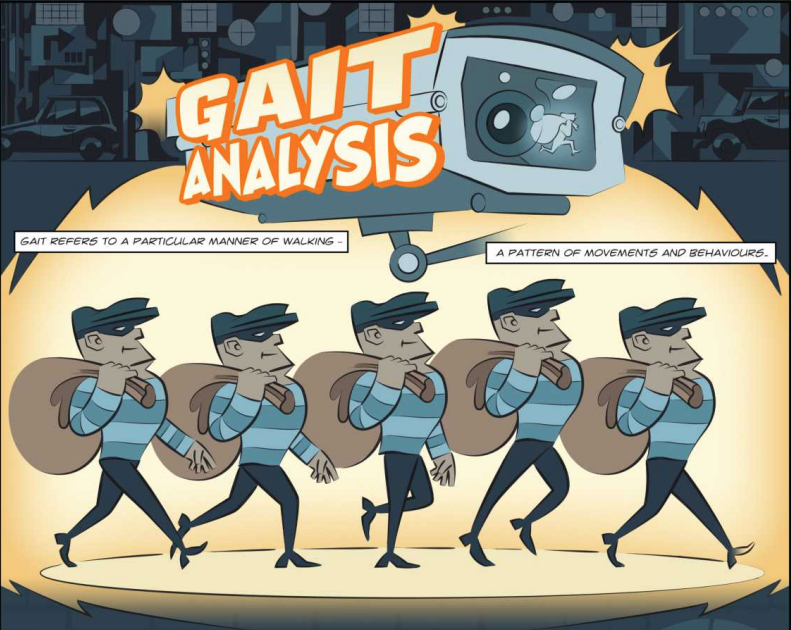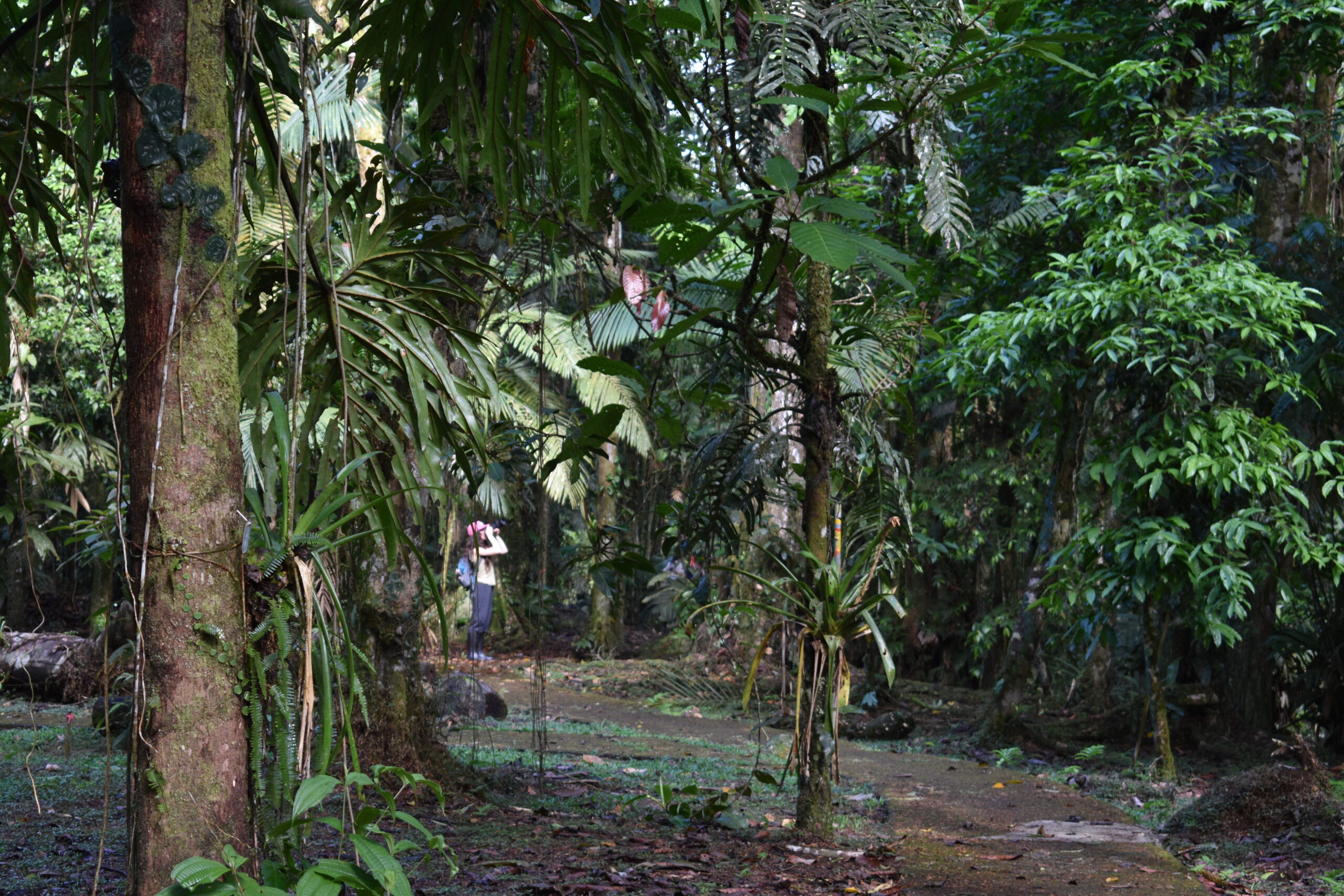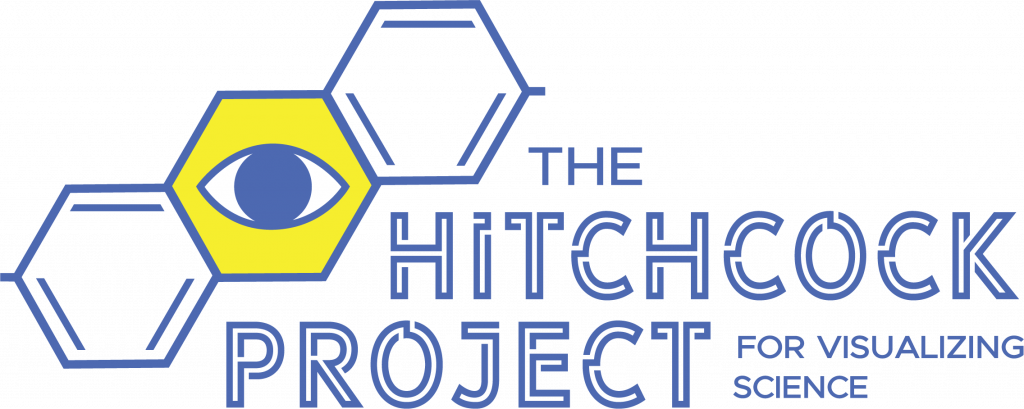Above: A panel from a comic strip entitled “How unique is an individual’s gait?” illustrates some of the assumptions of the field of forensic gait analysis. Credit: Chris Murray, Laura Findlay, and Mark Brown, in Understanding Forensic Gait Analysis #1.
Imagine this: you’re sitting in a courtroom, asked to decide whether someone is guilty or innocent. The evidence is filled with terms like “DNA analysis,” “gait analysis,” and “probability ratios.” It’s overwhelming, confusing, and feels like you’re trying to crack a code. For many jurors, this is exactly what serving on a jury feels like. Forensic science is a critical part of criminal trials, but explaining it in a way that everyone can understand? That’s where things get tricky.
Now, what if there was a way to make all of this easier to grasp? Something simple, visual, and even a little fun? That’s where science comics come in. Yes, comics—the same kind you might associate with superheroes or Sunday morning cartoons. But instead of saving the world, these comics are here to help jurors understand complex forensic evidence. A recent study based on a project called The Evidence Chamber tested this idea by putting participants in a mock trial and using comics to explain key forensic concepts. The results? They’re pretty eye-opening. This article explains how comics could help jurors make sense of forensic science, why this matters, and whether this creative approach could one day become a regular part of courtrooms.
The Challenge of Communicating Forensic Science
Forensic experts are tasked with presenting highly technical information to individuals who may have little-to-no background in science. This communication often takes place through verbal testimonies delivered at breakneck speeds, which leaves jurors struggling to keep up. As highlighted in the research, participants frequently expressed confusion over terms like “DNA transfer” or statistical probabilities presented during mock trial sessions. One juror remarked, “I didn’t quite understand what he [the DNA expert] was saying… If it’s a billion times more likely, is it still only two percent?” These moments underscore how traditional methods can fail to make critical connections with non-expert audiences. The rigid structure of courtroom proceedings compounds the issue. Jurors cannot directly question experts; they must rely on judges to clarify points, which often doesn’t happen due to time constraints. Moreover, the lack of context provided in expert testimonies makes it even harder for jurors to piece together the significance of the evidence before them. Without relatable examples or simplified explanations, abstract concepts remain just that—abstract.
The Experiment
To test whether science comics could address these challenges, researchers designed The Evidence Chamber, an interactive experience simulating a fictional murder trial. Participants assumed the roles of jurors and evaluated two types of forensic evidence: gait analysis and DNA analysis. Alongside video recordings of expert witnesses, participants were given access to two science comics that explained these topics in detail. For example, one comic depicted how DNA could be transferred via handshakes or shared objects, grounding theoretical concepts in everyday scenarios. By using everyday examples and storytelling techniques, the comic aimed to engage both the jurors’ heads and hearts, which simplified complex science into something more tangible and memorable.
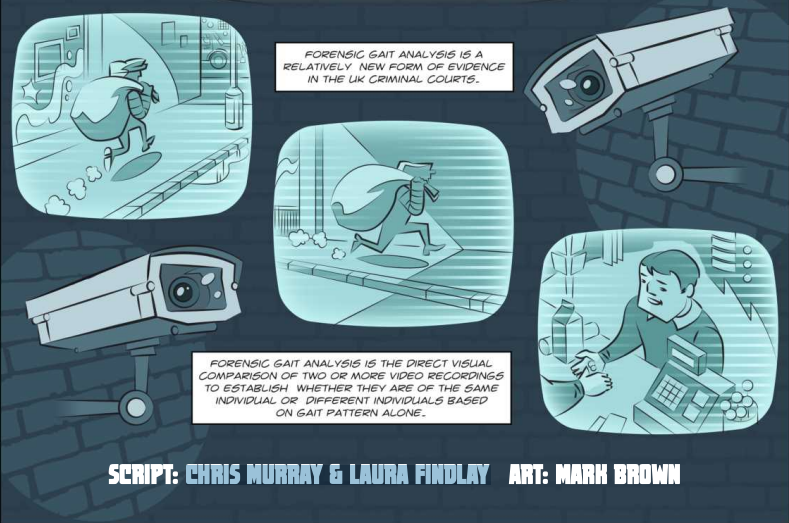
A panel from a comic strip entitled “How unique is an individual’s gait?” describes the basics of forensic gate analysis for participants of a project called The Evidence Chamber. Credit: Chris Murray, Laura Findlay, and Mark Brown, in Understanding Forensic Gait Analysis #1.
Did the Comics Make a Difference?
After reading the comics, many participants reported gaining new insights that shifted their perspectives on the case. For instance, some initially believed the presence of the defendant’s DNA at the crime scene was definitive proof of guilt. However, after learning about secondary DNA transfer (where genetic material can move indirectly), they began questioning whether other plausible explanations existed. One participant noted, “Just reading the information [in the comic] about DNA transfer, it looks possible” that someone else could have carried the suspect’s DNA to the scene.
Participants also praised the accessibility of the comics compared to verbal testimonies. “I would have been lost without the comic books,” one juror admitted. Another added, “If I had read the science comics first, I would have made more sense perhaps of what I was hearing from the expert witnesses.” The combination of visuals and text allowed readers to absorb information at their own pace, as opposed to the overwhelming speed of expert presentations.
Challenges and Considerations
While the comics proved effective overall, the study revealed some limitations. Accessibility issues arose for certain participants, particularly those with visual impairments or difficulty reading small fonts on digital devices. Additionally, some felt that comics might undermine the gravity of courtroom proceedings. As one participant put it, “They [comics] felt a little bit patronizing but didn’t fit with the gravitas of what was going on.” Despite these concerns, the majority of feedback was positive. Many suggested that similar aids could enhance real-world trials, proposing ideas such as providing transcripts of expert testimonies or summaries written in plain language. These recommendations highlighted the need for creative solutions tailored to diverse learning styles and preferences.
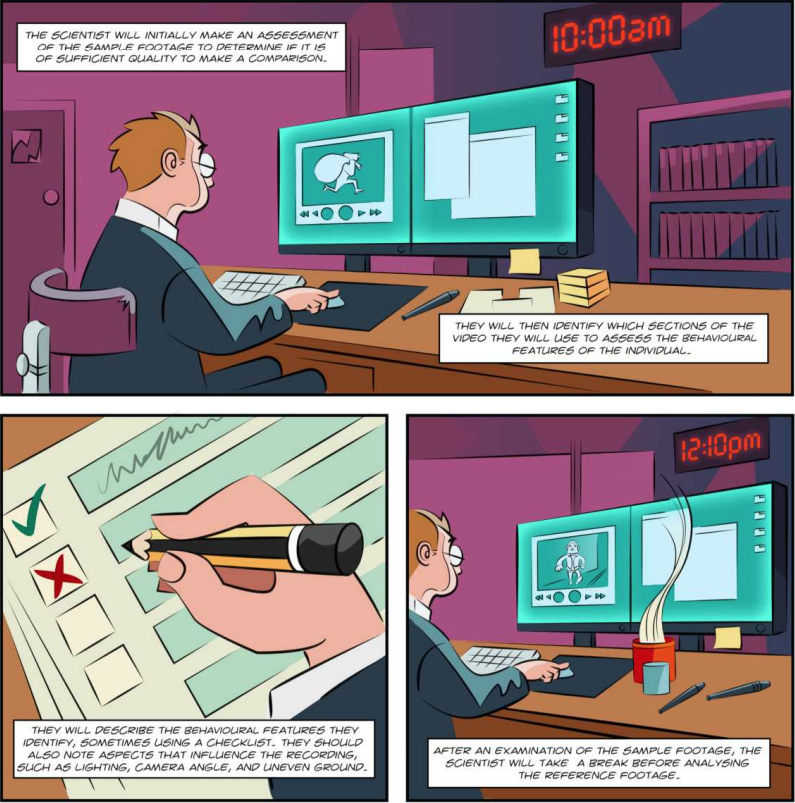
A panel from a comic strip entitled “How unique is an individual’s gait?” describes the steps a scientist might take to analyze an individual’s gait. Credit: Chris Murray, Laura Findlay, and Mark Brown, in Understanding Forensic Gait Analysis #1.
What Does This Mean for Science Communicators?
For science communicators, this study reinforces the idea that creative, visual forms of storytelling—like science comics—can turn complex scientific ideas into something anyone can understand. Instead of drowning in technical terms, people can actually grasp the science that affects their lives. It’s not just about dumbing things down; it’s about meeting people where they are and using tools that click with them. For communicators, it’s a call to get creative, try new approaches, and focus on making science clear without losing its depth. Whether it’s in courtrooms, classrooms, or community events, tools like comics can make science feel less intimidating and more relatable. At the end of the day, it’s about helping people connect with science in a way that’s meaningful—and maybe even a little fun.
Abdulmalik Adetola is a master’s student in the Media Innovation and Journalism program at UNR and a graduate assistant for the Hitchcock Project. He is a passionate advocate for health literacy and digital communication, dedicated to promoting accurate and accessible health information in the modern age.

